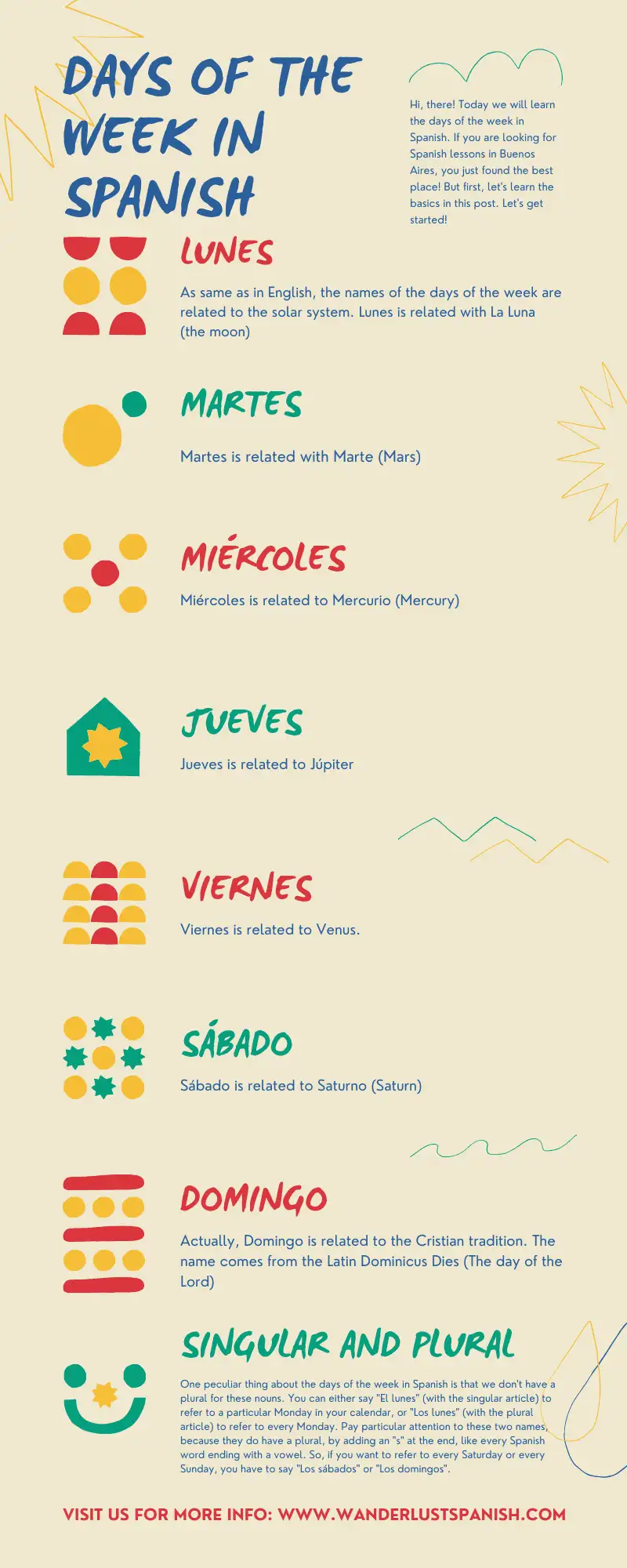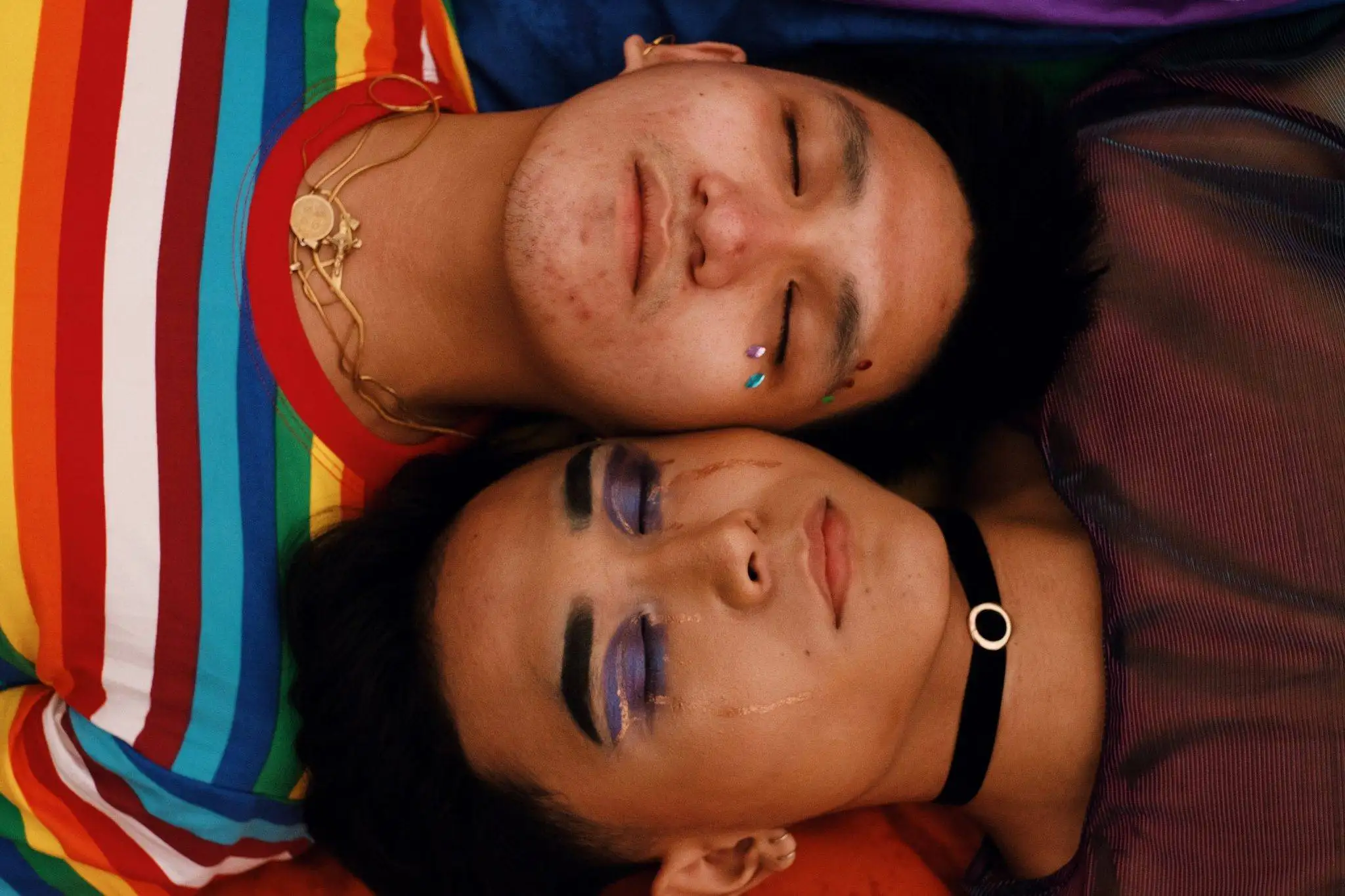Hola, amores! Today we will explore the Argentine flag: meaning and history. Let’s keep on rolling, fellas! This is our adventure of knowledge, so buckle up!

Historical facts about the Argentine flag
Contents
Once upon a time, on a very far away galaxy there was a land called Virreinato del Río de la Plata (Río de la Plata Viceroyalty). Imagine some parts of the actual lands of Peru, Argentina, Bolivia, Uruguay, Paraguay and Chile altogether in one whole political unity. That’s quite a lot, I can tell you.
Basically, Spaniards ruled this territory, forcing inhabitants to speak their language, believe in the same God and of course, obey to the Spanish orders. One day, our people got tired and decided that they wanted a different kind of government. How this was going to happen? After several meetings and secret gatherings, some of the most powerful men (yeah, always men, no comments here) established a date to start the revolution. We call it “Revolución de Mayo” (May Revolution) because it began on May 25th, 1810. It was pouring rain and Domingo French and Antonio Luis Beruti handed out white and light blue ribbons for people who were in favor of a new government. From that moment on, in different combats those were the chosen colours to wear.
Two years later, Manuel Belgrano, local lawyer and military, decided that the flag had to have those colours in Rosario city, Santa Fe. If you visit Argentina, you will find a flaming flag in the Historic Flag Monument.
Finally, in 1816 after our Independence Day, Provincias Unidas del Río de la Plata picked Belgrano’s flag as their own. After the independence wars, it was the symbol for Argentina as a country and the one we still use nowadays.
Symbolic meanings of the Argentine flag
As we learned, the Argentine flag has a particular history, and thus, its meanings. We can break the flag in half: on one hand the horizontal stripes (white and light blue) and on the other hand, the golden sun in the center.
Why do we have a sun in the middle of the flag? As the legend recalls, after the storm, the sun always rises and so it happened in the May Revolution. Honoring this moment, our flag has the rising sun, also connected to the Inca roots. If you look closer, you will find that it is a sun with a face, a smiling face promising that everything is going to be alright (or at least, we hope so).
At length, the horizontal stripes refer to the Bourbon order, according to some history books. However, I don’t like to think that because this flag symbolizes our independence from Spain. So, it should mean something else, right? I relate more to the vision that Belgrano had looking at the sky and wondering that those colours should be the ones for a new country. Ok, maybe I am way too romantic.

Studying Spanish Online
Wanna speak Spanish like a pro? Try our free Spanish lessons at Wanderlust Spanish, and even better, check our Instagram where we host Thursdays of Latin American culture. Trust me, Wanderlust is all you need, amigues!










